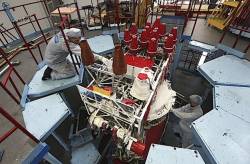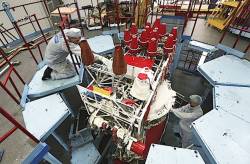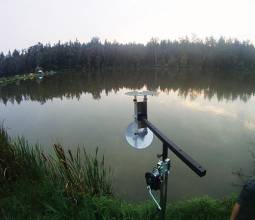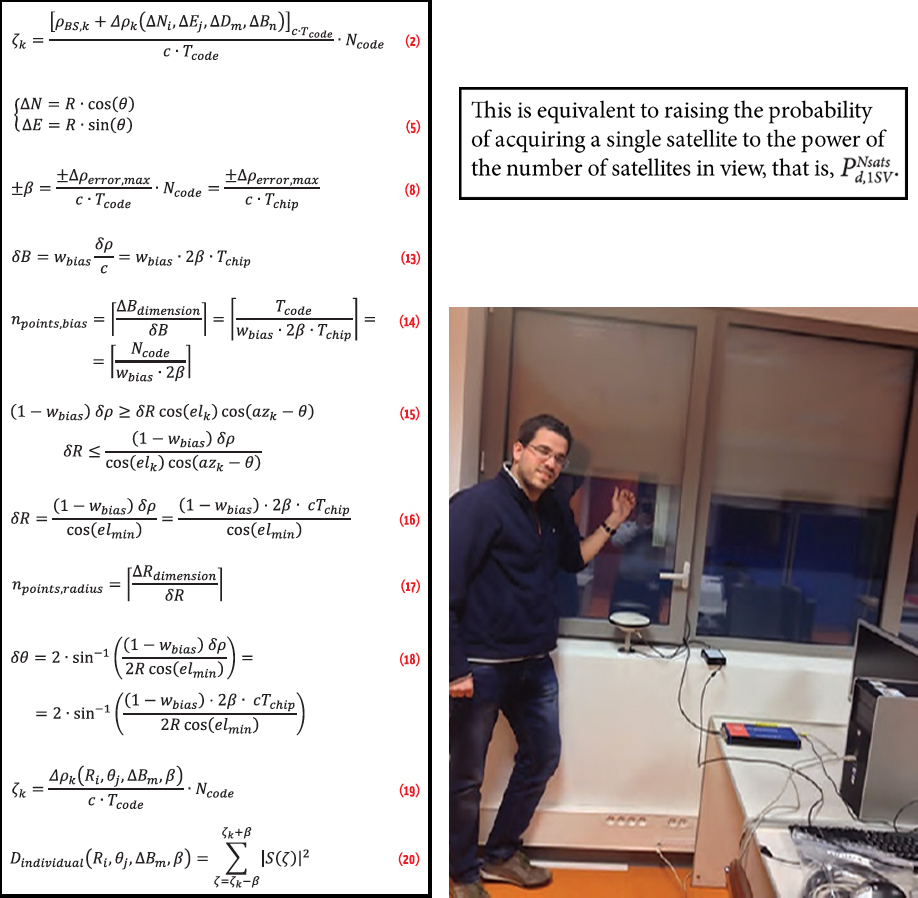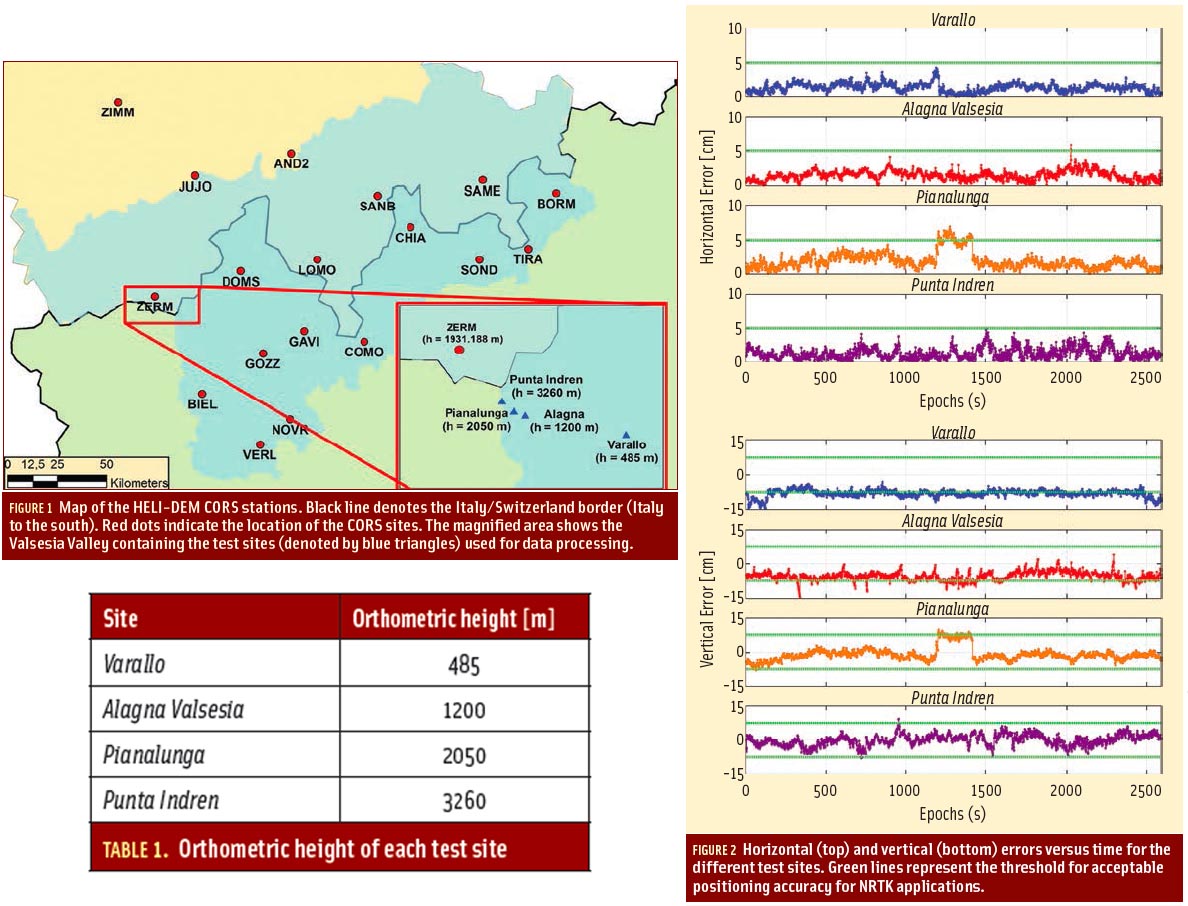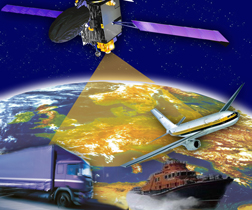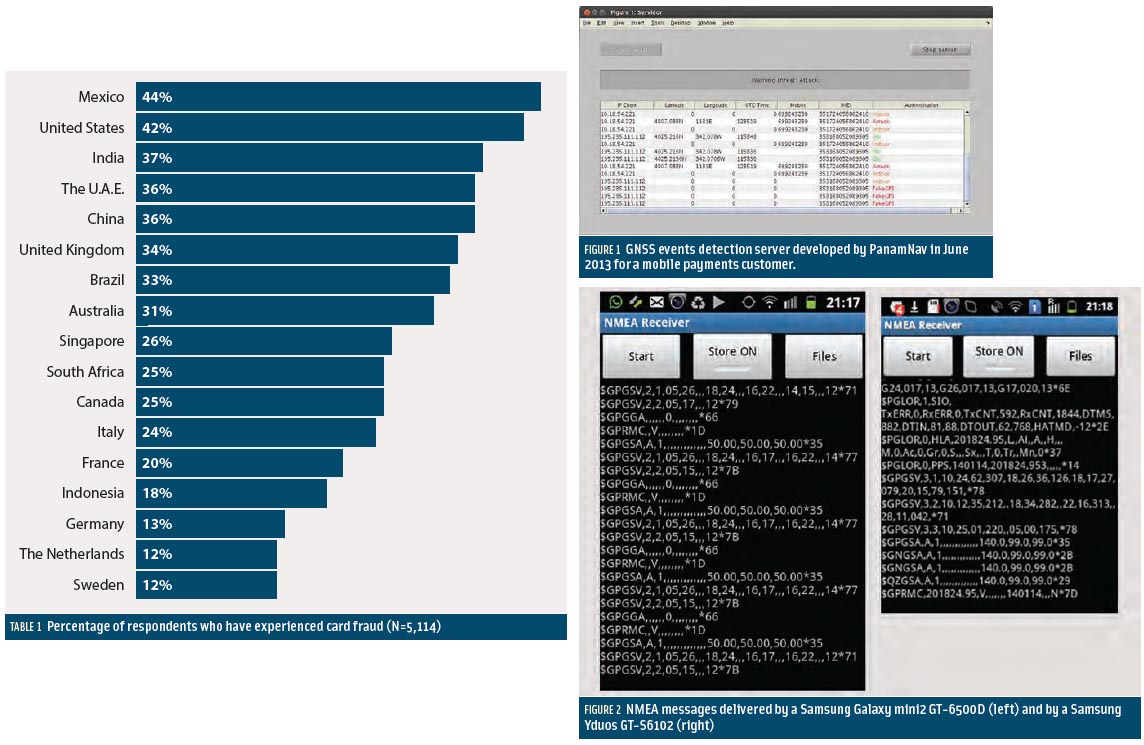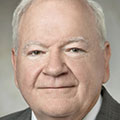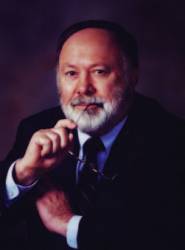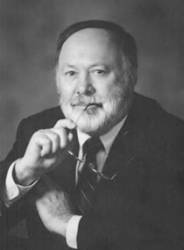GNSS in Military Affairs
 Doug Taggart, Overlook Systems Technologies
Doug Taggart, Overlook Systems Technologies In the “gee-whiz” awesomeness of proliferating GNSS apps, it’s sometimes hard to remember that Global Positioning System originated as a military system designed to meet strategic and tactical needs on the battlefield.
And, with the U.S. Air Force continuing its 40-year mission as the executive agent for sustaining GPS, that undiminished military role plays no small part in ensuring the availability and reliability of the U.S. contribution to the GNSS system of systems.
By Inside GNSS
